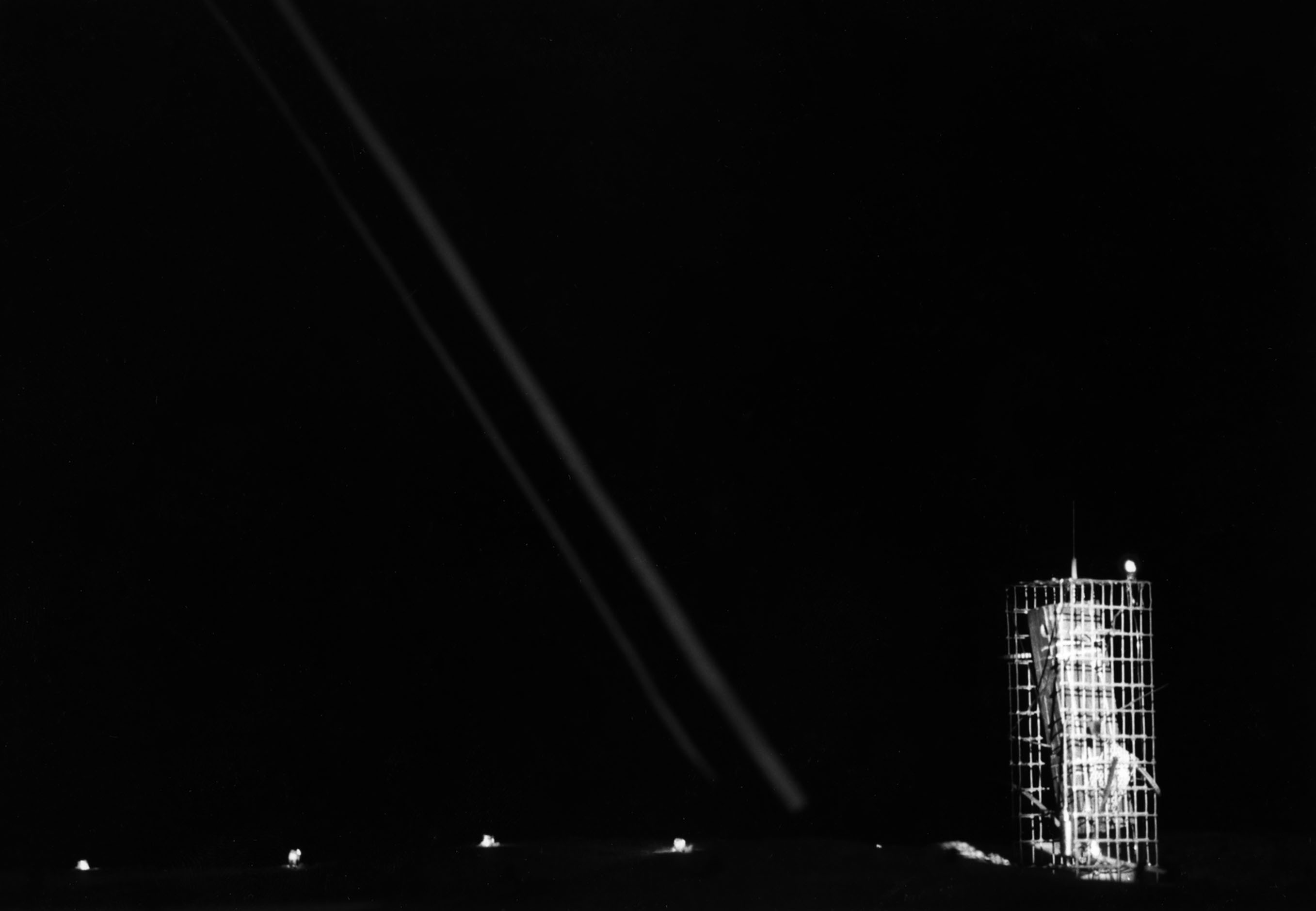Bruce Cumings, The Origins of the Korean War, (Princeton University Press, 1981), 120–121.
“North Korea’s Nuclear Program: From an Intelligence Perspective,” UC San Diego, February 7, 2018, ➝.
The metropolitan economy of Seoul in 2014 was $846 billion GDP (PPP). See ➝.
Napalm, incendiary jelly mixed with gasoline or diesel fuel, produced by the Dow chemical company, was first used for fire bombing in World War II. It would “fry its victims like a crisp fried chicken.”
Bruce Cumings, The Korean War: A History (Modern Library, 2010).
The Six Party Talks were five rounds of non-nuclear proliferation meetings that took place between China, United States, Japan, Russia, and the two Koreas between 2003–2007.
Of course, nothing that you imagine yourself is ever new. Andrei Lankov wrote about it in his book The Real North Korea (Oxford University Press, 2015). But that also means that this idea is realistic.
All works originally commissioned for and featured in Project DMZ, Storefront for Art and Architecture, New York, 1988.
At The Border is a collaboration between A/D/O and e-flux Architecture within the context of its 2019/2020 Research Program.
